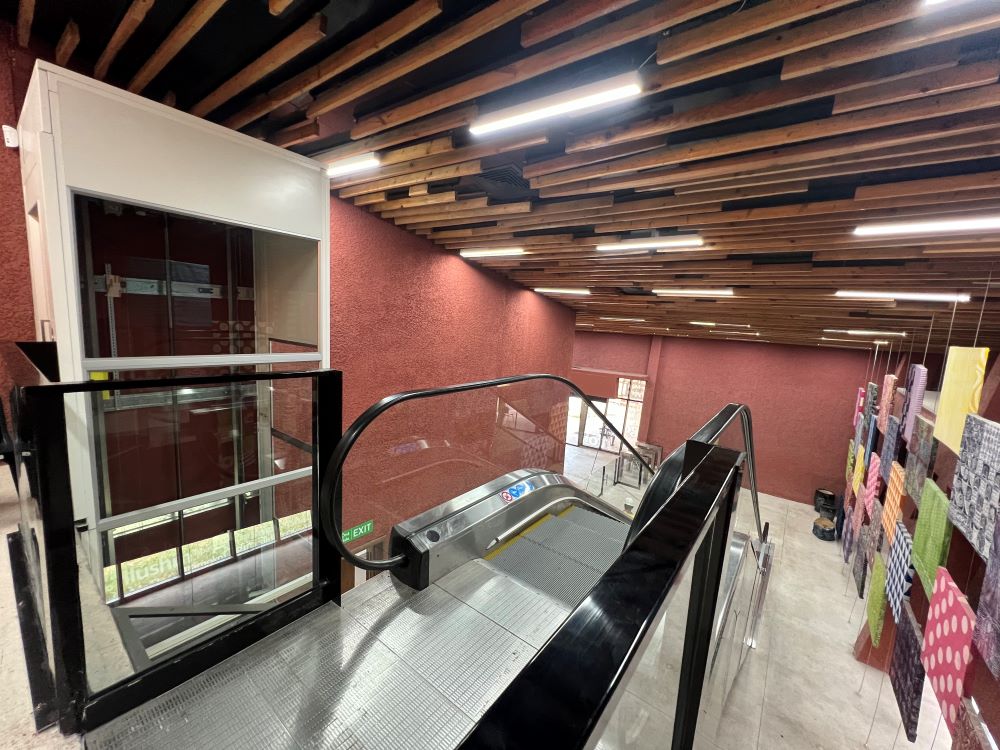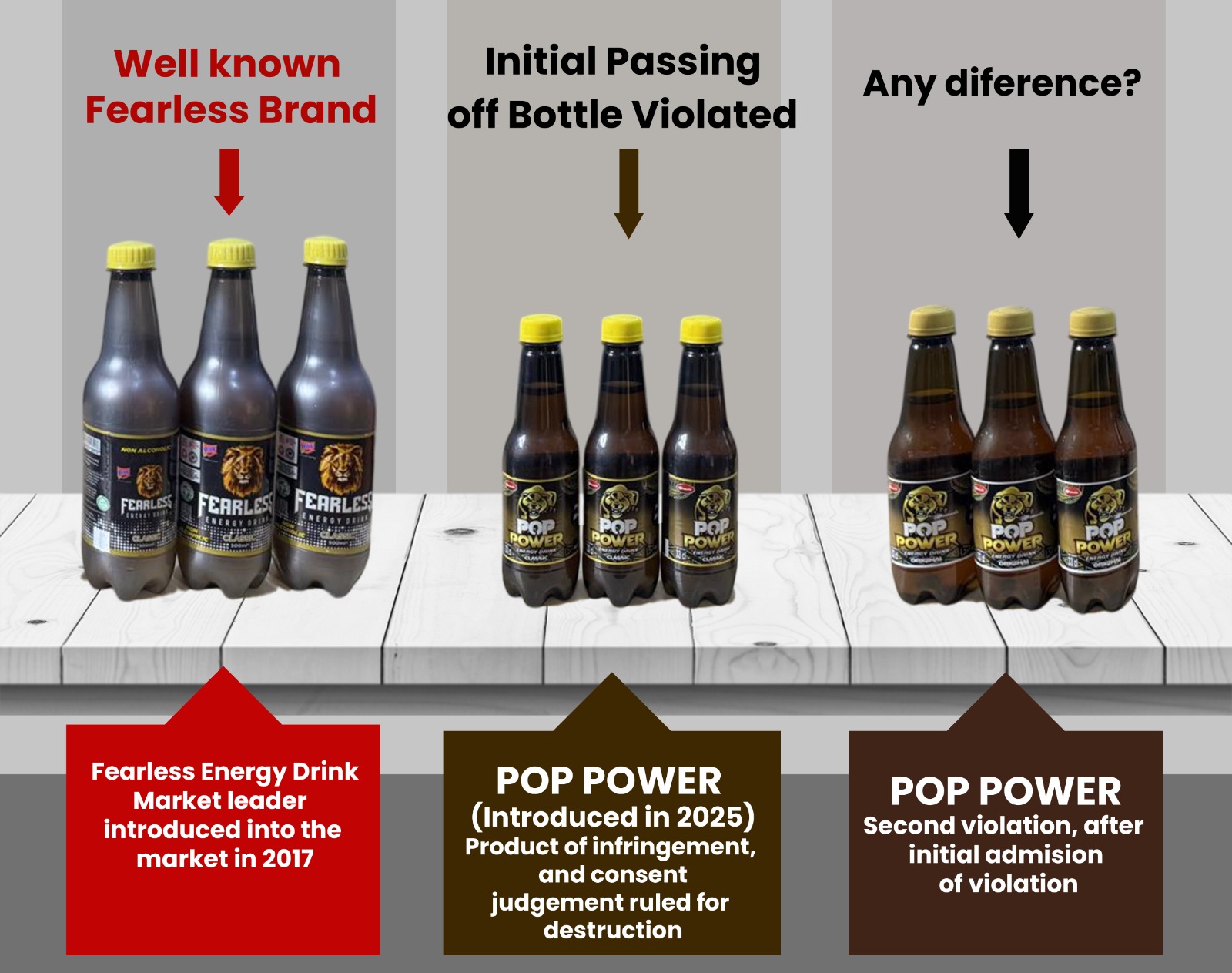In the wake of nationwide protests for the disbandment of F-SARS, due to several reports of extrajudicial killings, extortions, unlawful detentions, tortures, and rascality, the Inspector-General of Police announced the disbandment of the unit and set up a new Police outfit known as Special Weapons and Tactics Team (SWAT), to fill the gaps arising from the dissolution of SARS.
As Nigerians call for the total reform of the Nigerian Police Force (NPF), one key area that changes are expected is the adoption of technology. Emerging technology would play a fundamental role and improve the way the police interact with citizens.
Globally, the success of police reforms has been linked to the adoption of police technology. The adoption of technology in the reform process for citizen interactions can then have serious implications for the social control that police have over citizens, the civil liberties citizens enjoy, police accountability, and the legitimacy that the police hold in Nigeria.
There are innovations that are shaping the future of policing which begins with the adoption of emerging technologies that support new concepts of operations, enabling the interventions, transparency, accountability, legitimacy, and also expand social control and relationships that keep society safe.
Some of these emerging innovations include but are not limited to:
- Body Worn Camera (BWC): Body cameras can help bring transparency to the new SWAT interactions, especially in the aftermath of allegations of use of force, shootings, or exploitations. Video of police officers doing their jobs in challenging situations used to be rare;, it is ubiquitous, as seen in a number of high-profile incidents that have drawn intense public and media scrutiny. In addition to being smaller, less cumbersome, and more durable, some body-worn cameras are designed to better integrate with in-car systems to provide synchronized video of an event from multiple points of view. Other advancements include higher resolution, clearer audio, wider fields of vision, and heightened resistance to environmental conditions – such as extreme heat or cold. Related technology now includes smart holsters that are designed to activate the body camera anytime the officer draws his or her firearm. At least one manufacturer of body-worn police technology makes a camera capable of issuing an alert during intense situations. On the horizon, it could also be equipped with facial recognition capabilities.
- Ariel & Visual Surveillance: Adoption of unmanned aerial vehicles (UAV) are increasingly being used by police to gain aerial vantage points for crime scenes globally, search and rescue efforts, accident reconstruction, crowd monitoring and more. Some of the more sophisticated models can be equipped with thermal imaging or 3D mapping software to offer GPS-enhanced precision to the areas being surveyed. Many police drones and UAVs are also equipped with zoom cameras, making them incredibly valuable for delivering actionable, real-time intel in high-risk – armed and dangerous situations.
- Internet Of Things (IoT) — Smart Sensors: Smart sensors can be used to compile different types of information, to help officers do their jobs faster and more effectively. New capabilities can log locations, listen for gunshots, stream video, flag license plates, scan databases, and go on virtual patrol, allowing officers unprecedented awareness in their environments. These capabilities can provide the raw data which more detailed analytics can use to likely enhance efficiencies and expedite investigations. Most importantly, these technologies can help officers be in the right place, at the right time. Every investigative journey begins with collecting facts about the world. Traditionally, this work has been tough. It could mean relying on an officer’s memory of a license plate to look out for, or long hours searching for the right pieces of information. It often means being there, to see, hear, and deter – yet, no department can be everywhere. However, new technologies, like the Internet of Things (IoT) and smart sensors can be there when needed.
- Artificial Intelligence: Artificial intelligence is used for “predictive policing.” Utilizing deep learning algorithms, programmers can train computers to analyze data from a vast array of sources and categories to actually predict when and where crimes are likely to occur, increasing the likelihood that officers will be in the right place at the right time. Predictive policing involves using algorithms to analyze massive amounts of information in order to predict and help prevent potential future crimes. Place-based predictive policing – the most widely practiced method, typically uses preexisting crime data to identify places and times that have a high risk of crime. Person-based predictive policing, on the other hand, attempts to identify individuals or groups who are likely to commit a crime – or to be a victim of one – by analyzing for risk factors such as past arrests or victimization patterns. Proponents of predictive policing argue that computer algorithms can predict future crimes more accurately and objectively than police officers relying on their instincts alone. Some also argue that predictive policing can provide cost savings for police departments, by improving the efficiency of their crime-reduction efforts.
- Augmented Reality: Advances in areas such as 5G communication, electronics miniaturization, and augmented reality allows people to see, hear, and act in ways that were previously impossible. This could be effectively used for a virtual shooting range for the new SWAT officers which would reduce costs and make them smarter at arms handling. Also, an officer arriving at an unfamiliar situation, can now use augmented reality glasses to see pertinent information about prior calls for service from this address, find exits from a building, or see the recent crime history on the block. With this information, an officer could take precautions to protect themselves and even better serve the public.
- Online Community Platform: The mission of law enforcement is the safety of the community, and a strong relationship with the community is critical to the success of every law enforcement organization. The force could employ a decentralized information system like mobile apps or USSD platforms where citizens can report minor issues such as graffiti or suspicious activities to them, giving police real-time awareness, dynamic prioritization of calls, and the freedom to focus on the most pressing challenges. Leveraging this, the Police can create more opportunities for positive interactions, while working to leverage the expertise, resources, and local knowledge of key stakeholders in the community. Using both technology and training, police could make it easier for constituents to support public safety, helping to make community-law enforcement relationships healthier and more productive.
- Robots: Globally, many law enforcement agencies are now using next-generation robotic cameras to deliver visual and audio surveillance of potential crime scenes, that may be too dangerous or too hard for officers to reach. Some of these devices are even “throwable” (up to 120 feet and capable of withstanding repeated 30-foot drops) – powered by an electric motor and equipped with high-tech wheels that enable it to move, climb, and explore even the most challenging spaces, while being operated wirelessly by a trained officer. Automaker Ford has filed a patent for a self-driving police car equipped with artificial intelligence and designed to catch violators of traffic laws or impaired drivers by transmitting information to human officers or carrying an optional passenger officer who could make arrests. China is developing an “AnBot” robot to patrol banks, airports, and schools. Also in Dubai, patrolling tourist attractions with a touchscreen-equipped robot officer is now on duty.
Bottom Line
Finally, let’s follow the evidence showing that officers with a college degree use force less often and demonstrate a greater level of creativity and problem-solving. Let there be a change in the current system of police recruitment – a multiple-choice test and interview. Base recruitment and promotions on demonstrated leadership skills, specific education achievements, and a performance history unblemished by misconduct.
There should be strong requirements & processes in place that can check for the skills and characteristics we expect of police before they’re put in a live situation. SWAT Patrol should be based on the capacity for emotional regulation – so officers don’t fall on the use of force as the first response for a challenge to their authority.
Who our police officers are, and how they are held accountable, is crucial to boosting public confidence and trust. If we want deep transformation – true culture change of law enforcement, we need to have some adaptations of police technology.
Written by Victor Tubotamuno (Nairametrics)



























Leave a Reply